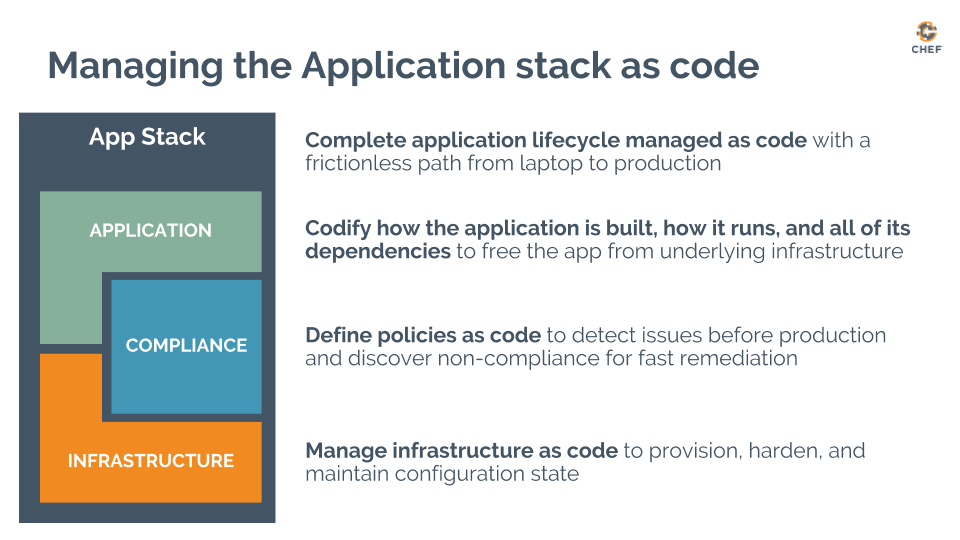What does end of support for an Operating System (such as Windows Server 2008 or RHEL 5) have to do with Digital Transformation? The speed of modern business necessitates a much faster time to market and higher quality applications. But your existing application estate will determine your modernization strategy. Which is why the end of support milestones for OS and Databases is an opportune moment to re-evaluate the organization’s application portfolio.
Two immediate milestones:
- July 9th, 2019: The end of extended support for SQL Server 2008/R2
- Jan 14th, 2020: The end of extended support for Windows Server 2008/R2
These milestones mean that customers need to re-evaluate the applications that are running on these platforms and decide a go-forward strategy.
The immediate benefit of such a re-evaluation and modernization exercise results in increasing the velocity of digital transformation. In a recent IBM survey, 79% of dev leaders claim a significant reduction in downtime and associated costs. These cost and downtime reductions stem from improved operational efficiency and standardization in the management of all applications whether they are newly built cloud-native applications or legacy applications that have been re-platformed and migrated over to the cloud.
While benefits are obvious with cloud-native applications, migration strategies for legacy applications are where most folks are challenged.
There are several approaches to application migration and Gartner offers a framework from circa 2010 that involve re-host, re-factor, re-architect, re-build and finally replace.
While re-hosting an application might seem the easiest approach to migrating it into a cloud platform; this approach limits an application from utilizing the scalability and elasticity benefits offered by the cloud. Moreover, these re-hosted applications become “management silos”, whereby these migrated applications need to be managed differently from the other cloud-native applications running within a customers cloud environment.
The other three R’s (namely re-factor, re-architect, and re-build) require a deep understanding of an application’s inner workings and dependencies, an understanding that is often unavailable for COTS applications, and lost with homegrown applications as most enterprise developers who wrote these applications have moved on.
Chef’s unique approach in modernization and migrating legacy applications offers customers the ability to migrate both legacy COTS and homegrown applications and manage them as if they were cloud-native applications.
We do so without rewriting the applications, but packaging them for portability and ongoing manageability on any platform. This approach is anchored on defining the application stack (configuration parameters, dependencies, underlying infrastructure, and compliance) as code, Thereby enabling every application (whether cloud-native or legacy) to be delivered and managed over its lifecycle in a consistent and frictionless manner.

For legacy applications, whether they are COTS or homegrown determining the application configuration and dependencies can often be challenging. We overcome this by a simple application scanner that is able to identify these parameters and convert them into code that then is managed using a lifecycle approach.
Earlier this year a major airline in Seattle migrated .NET applications running on IIS web servers on Windows Server to Azure in less than three hours using this approach. The Apps were scanned and repacked along with their dependencies, tested locally and deployed into Azure using terraform, thereby decoupling them from the underlying infrastructure and allowing them to be managed using a modern lifecycle approach.
To learn more about our Windows Server and SQL Server 2008/R2 End of Support solutions, join Chef & Microsoft in our upcoming webinar Igniting Digital Transformation in the face of End of Support on March 25, 2019 at 11 AM PDT.

